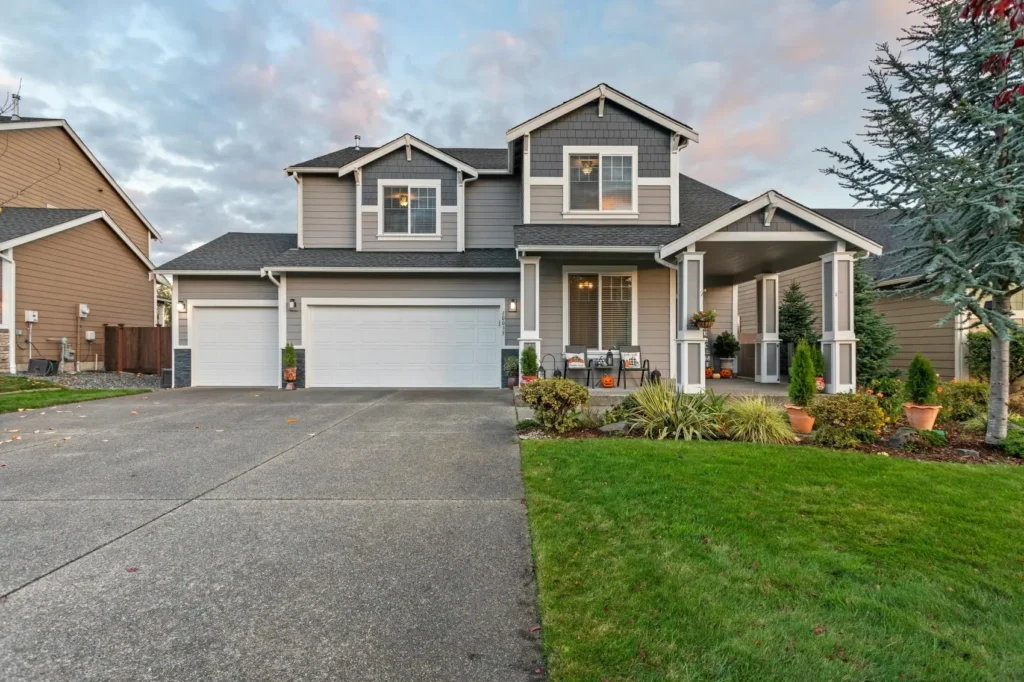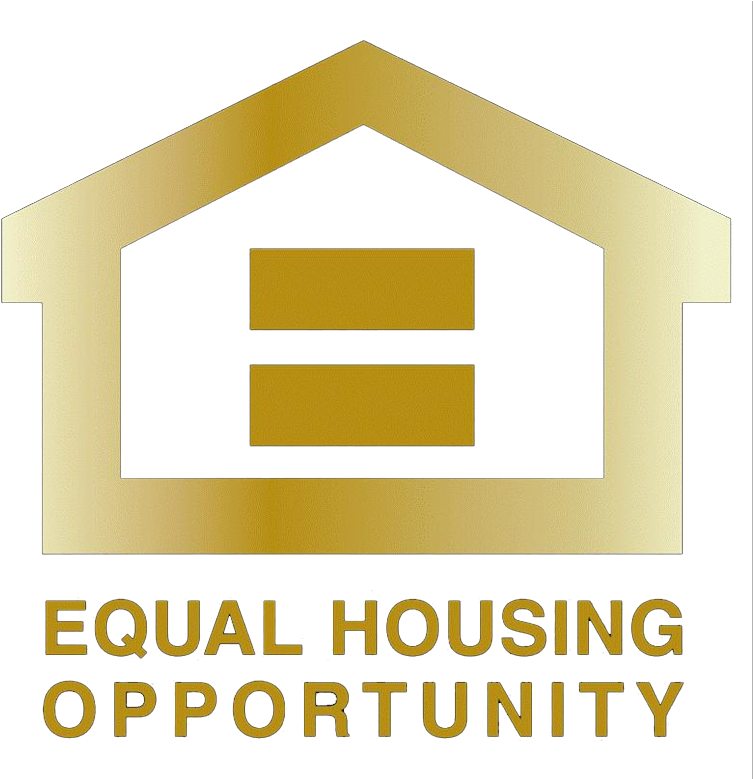Mortgage Loan Options
Conventional Loans
Fannie and Freddie backed loans that are what most people think of when they hear a mortgage. These loans require income verification through taxes and paystubs. They usually have stricter credit requirements.
They can be used for primary residence, second homes, investment homes.
Some examples include a 30 year fixed/ARM, Home Possible/Home Ready (first time homebuyer loans), and jumbo loans.
Non-QM Loans
Non-QM stands for non-qualified mortgage. These loans allow for more flexibility than a conventional loan. They allow those with unique income or less credit history to qualify.
Since these are riskier for the lender, they tend to be a little more expensive.
Examples of Non-QA loans include DSCR loans, bank statement loans, and ITIN loans.
Government Loans
These are loans that are back by federal agencies such as the VA, FHA, or USDA. Their intention is to make homeownership more affordable and accessible to a wider range of people. These loans tend to have lower down payment requirements, more flexible credit requirements, and have competitive interest rates.
On the other hand, the upfront fees tend to cost more, they may limit the kind of property they can be used on, and in some cases there is mandatory mortgage insurance.
Investment Loans
Build wealth through real estate—one smart loan at a time. Whether you’re buying your first rental or expanding your portfolio, we’re here to help you finance the property that fits your goals. Investment property loans come with unique guidelines, and we’ll walk you through every option—from conventional loans to non-QM solutions and beyond. We’ll help you assess cash flow, consider market trends, and structure your financing for long-term success.
Ready to make your investment work for you?
Conventional Loans
Fannie and Freddie backed loans that are what most people think of when they hear a mortgage. These loans require income verification through taxes and paystubs. They usually have stricter credit requirements.
They can be used for primary residence, second homes, investment homes.
Some examples include a 30 year fixed/ARM, Home Possible/Home Ready (first time homebuyer loans), and jumbo loans.
Non-QM Loans
Non-QM stands for non-qualified mortgage. These loans allow for more flexibility than a conventional loan. They allow those with unique income or less credit history to qualify.
Since these are riskier for the lender, they tend to be a little more expensive.
Examples of Non-QA loans include DSCR loans, bank statement loans, and ITIN loans.
Government Loans
These are loans that are back by federal agencies such as the VA, FHA, or USDA. Their intention is to make homeownership more affordable and accessible to a wider range of people. These loans tend to have lower down payment requirements, more flexible credit requirements, and have competitive interest rates.
On the other hand, the upfront fees tend to cost more, they may limit the kind of property they can be used on, and in some cases there is mandatory mortgage insurance.
Investment Loans
Build wealth through real estate—one smart loan at a time. Whether you’re buying your first rental or expanding your portfolio, we’re here to help you finance the property that fits your goals. Investment property loans come with unique guidelines, and we’ll walk you through every option—from conventional loans to non-QM solutions and beyond. We’ll help you assess cash flow, consider market trends, and structure your financing for long-term success.
Ready to make your investment work for you?
Conventional Loans
Fannie and Freddie backed loans that are what most people think of when they hear a mortgage. These loans require income verification through taxes and paystubs. They usually have stricter credit requirements. They can be used for primary residence, second homes, investment homes. Some examples include a 30 year fixed/ARM, Home Possible/Home Ready (first time homebuyer loans), and jumbo loans.


Non-QA Loans
Non-QA stands for non-qualified mortgage. These loans allow for more flexibility than a conventional loan. They allow those with unique income or less credit history to qualify. Since these are riskier for the lender, they tend to be a little more expensive.
Examples of Non-QA loans include DSCR loans, bank statement loans, and ITIN loans.
Government Loans
These are loans that are back by federal agencies such as the VA, FHA, or USDA. Their intention is to make homeownership more affordable and accessible to a wider range of people. These loans tend to have lower down payment requirements, more flexible credit requirements, and have competitive interest rates. On the other hand, the upfront fees tend to cost more, they may limit the kind of property they can be used on, and in some cases there is mandatory mortgage insurance.

Frequently Asked Questions
Pre-approval is a detailed process that determines your exact loan amount, while pre-qualification provides an estimate. Pre-approval carries more weight when making an offer because it gets reviewed by an underwriter. A pre-qualification comes from running your loan details through software and gets compared to general mortgage requirements.
